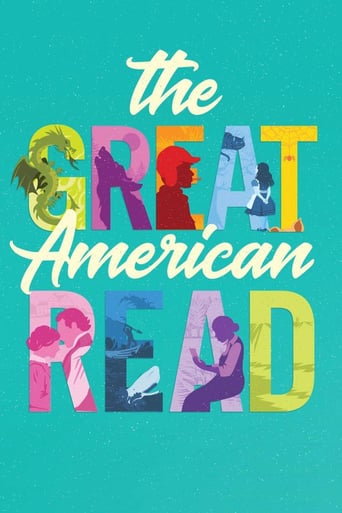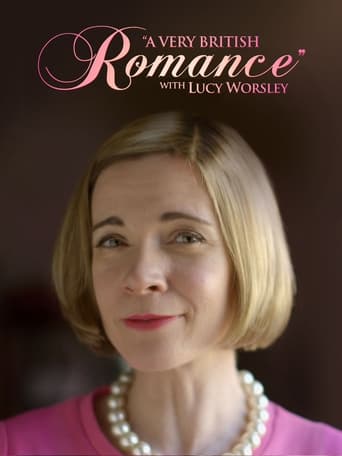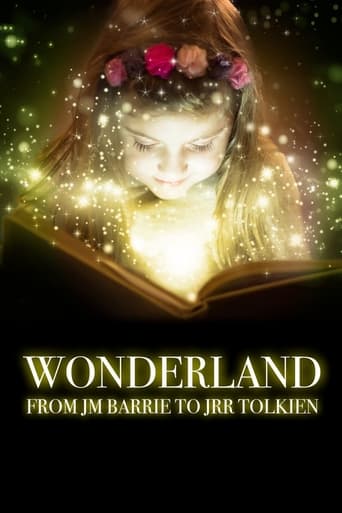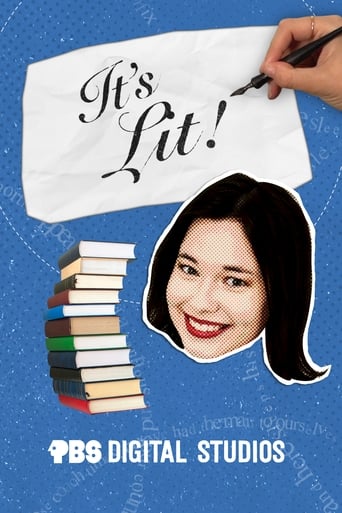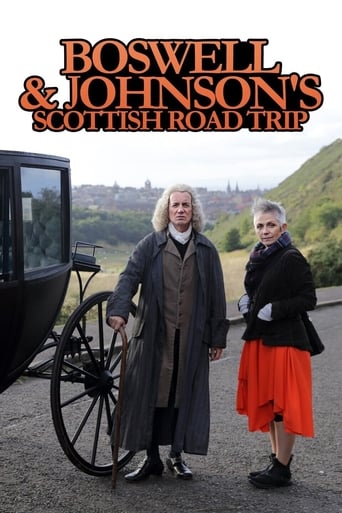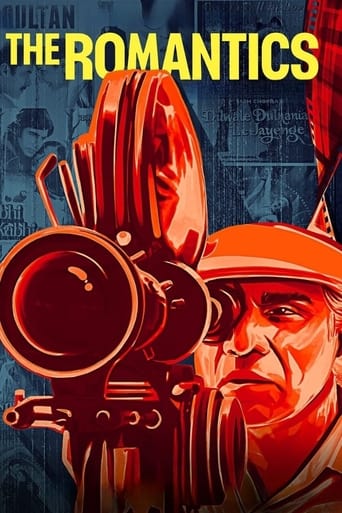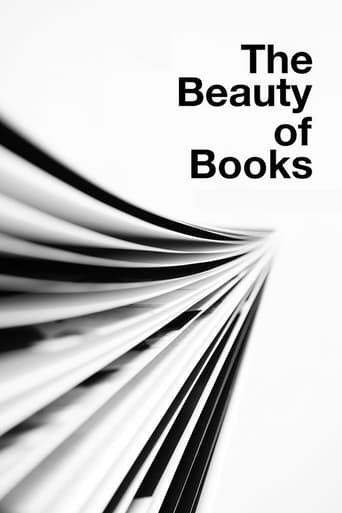Crash Course Literature Season 1
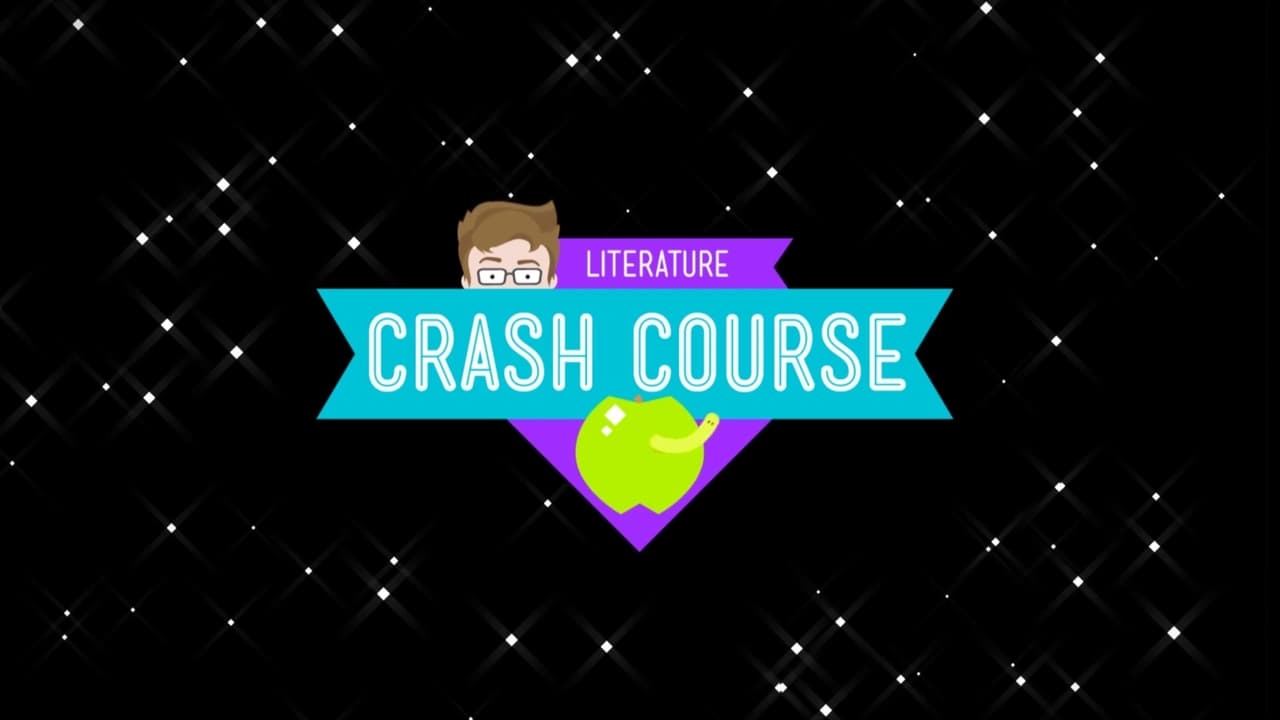
John Green teaches you literature in an exciting, entertaining, and endlessly informative manner.
Watch NowWith 30 Day Free Trial!
Crash Course Literature
2012
In 8 episodes, John Green dives into literature! The analyses and books chosen in this course are based on introductory college-level curriculum and the AP Literature guidelines. By the end of this course, you will be able to: *Use characters and setting to explore a range of values, beliefs, assumptions, biases, and cultural norms *Discuss the role of the narrator and how their perspective affects how readers experience and interpret a text *Recognize comparisons, representations, and associations that invite readers to interpret a text *Explain the function of significant events in a plot, as well as the contributions of structure, sequence, contrast, and conflict *Employ different lenses and focal points to read a text multiple ways and recognize the glorious ambiguity of literature *Discuss how different texts employ time as a theme
Watch Trailer
With 30 Day Free Trial!
Crash Course Literature Season 1 Full Episode Guide
In which John Green concludes the Crash Course Literature mini-series with an examination of the poetry of Emily Dickinson. Sure, John explores the creepy biographical details of Dickinson's life, but he also gets into why her poems have remained relevant over the decades. John discusses Dickinson's language, the structure of her work, and her cake recipes. He also talks about Dickinson's famously eccentric punctuation, which again ends up relating to her cake recipes. Also, Dickinson's coconut cake recipe is included.
In which John continues the discussion of JD Salinger's Catcher in the Rye. This week John reads the novel with Salinger's life story in mind. John explores how Salinger's war experience, educational background, and romantic life inform the events of Holden Caulfield's life. How did Holden get to be such a whiny, self-absorbed teen? While it's not a great idea to read novels too biographically, Salinger's life surely informed Holden's. Watch on to get an idea just how much.
In which John Green examines JD Salinger's novel The Catcher in the Rye. John pulls out the old school literary criticism by examining the text itself rather than paying attention to the biographical or historical context of the novel (that's for next week). Listen, words matter. The Catcher in the Rye has managed to endure without a movie adaptation because a lot of its quality arises from the book's language. Find out how Holden's voice, his language, and his narrative technique combine to make the novel work. Also, Thought Bubble gives us a quick rundown of the plot, in which Ikea Monkey may or may not appear.
SPOILER ALERT: This video assumes you've read the book. In which John Green continues to explore F. Scott Fitzgerald's novel, The Great Gatsby. In this installment, John looks into the titular Gatsby's purported Greatness. Gatsby's single-minded pursuit of Daisy, his checkered past, and his checkered present all play a role in determining whether he was, in fact, great. Here's a hint: you don't have to be good to be great. It turns out greatness doesn't have much to do with whether you're a good person. Along the way, John explores the relentless forward march of time, the use of poetic language, and ironic titling of novels.
In which John Green explores F. Scott Fitzgerald's novel of the Jazz Age, The Great Gatsby. John introduces you to Nick Carraway, Jay Gatsby, Daisy and Tom Buchanan, and the other characters in the novel, and tries to look beyond the surface story to figure out what this thing is ABOUT. Set in the 1920's against a conflicted backdrop of prohibition and excess, The Great Gatsby takes a close look at the American Dream as it existed in Fitzgerald's time. It turns out, it had a lot to do with money and status, and it still does today. John will cover the rich symbolism of the novel, from the distant green light to the pale gold of wealth and decay. Also, Paris Hilton drops by.
In which John Green returns to William Shakespeare's Romeo and Juliet to explore the themes of true love, lust, and whether Romeo and Juliet were truly, deeply in love, or they were just a pair of impetuous teens. How exactly did Romeo manage to go from pining for Rosaline to marrying Juliet in 36 hours? Maybe they were impetuous teens who were ALSO deeply in love. John looks into how the structure and conventions of society in medieval Verona led to the star-crossed lovers' downfall. Along the way, you'll learn about courtly love, medieval responsibility to church, family and society, Chipotle burritos as a metaphor for true love, and even learn about literary sex. We may even tie in trapeze artists and Queen's Bohemian Rhapsody. You'll have to watch to find out.
In which John Green examines Romeo & Juliet by William Shakespeare. John delves into the world of Bill Shakespeare's famous star-crossed lovers and examines what the play is about, its structure, and the context in which it was written. Have you ever wanted to know what iambic pentameter is? Then you should watch this video. Have you ever pondered what kind of people actually went to see a Shakespeare play in 1598? Watch this video. Were you aware that wherefore means "why?" Whether you were or not, watch this video. In Shakespeare's time, entertainment choices ranged from taking in a play to watching a restrained bear try to fight off a pack of dogs. Today on YouTube, our entertainment choices are just as wide-ranging. So you can either choose to watch the modern equivalent of bear baiting (another cinnamon challenge) or you can be edified and entertained by John and Crash Course.
In which John Green kicks off the Crash Course Literature mini series with a reasonable set of questions. Why do we read? What's the point of reading critically. John will argue that reading is about effectively communicating with other people. Unlike a direct communication though, the writer has to communicate with a stranger, through time and space, with only "dry dead words on a page." So how's that going to work? Find out with Crash Course Literature! Also, readers are empowered during the open letter, so that's pretty cool.
Free Trial Channels
Seasons



























